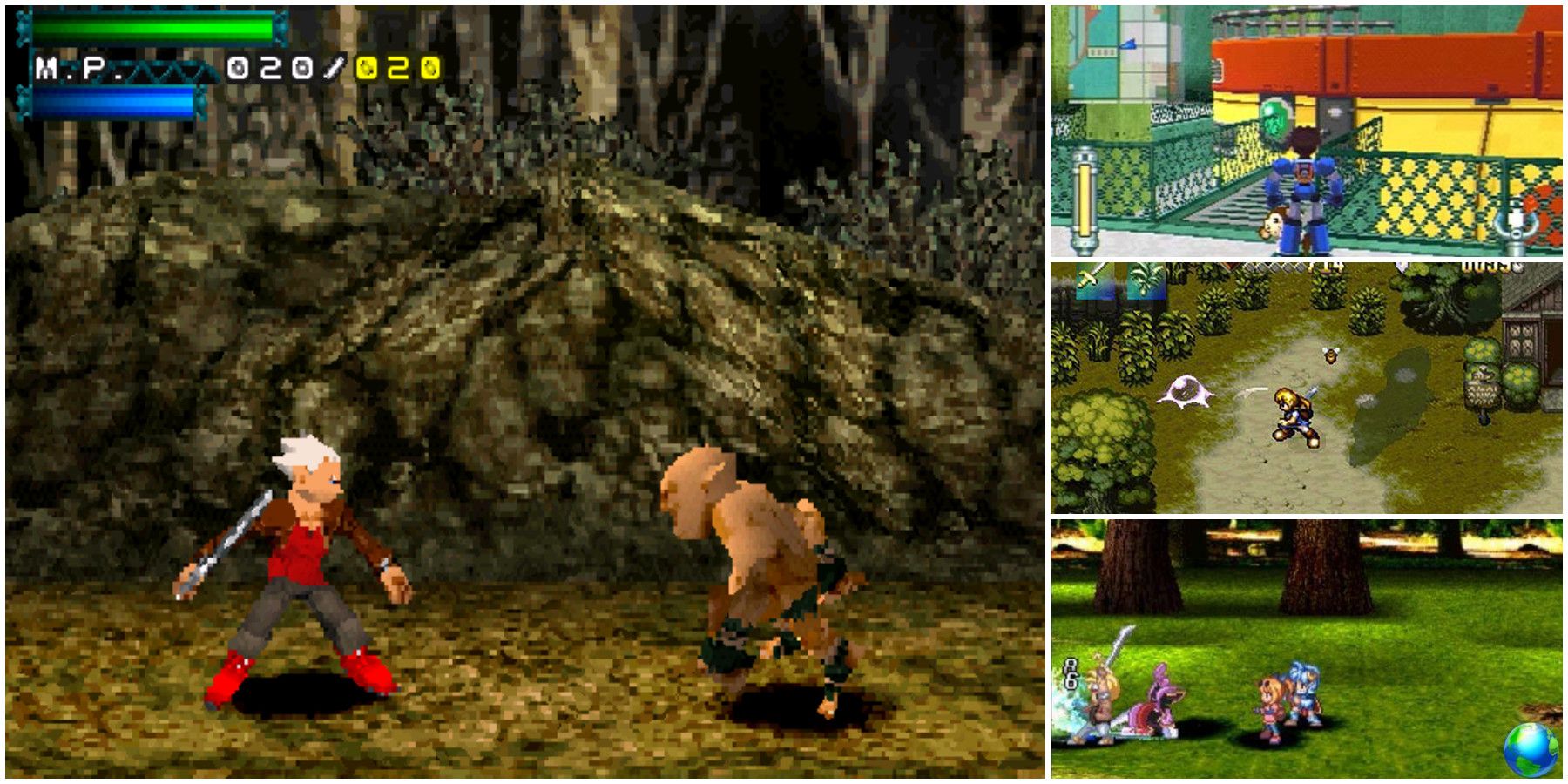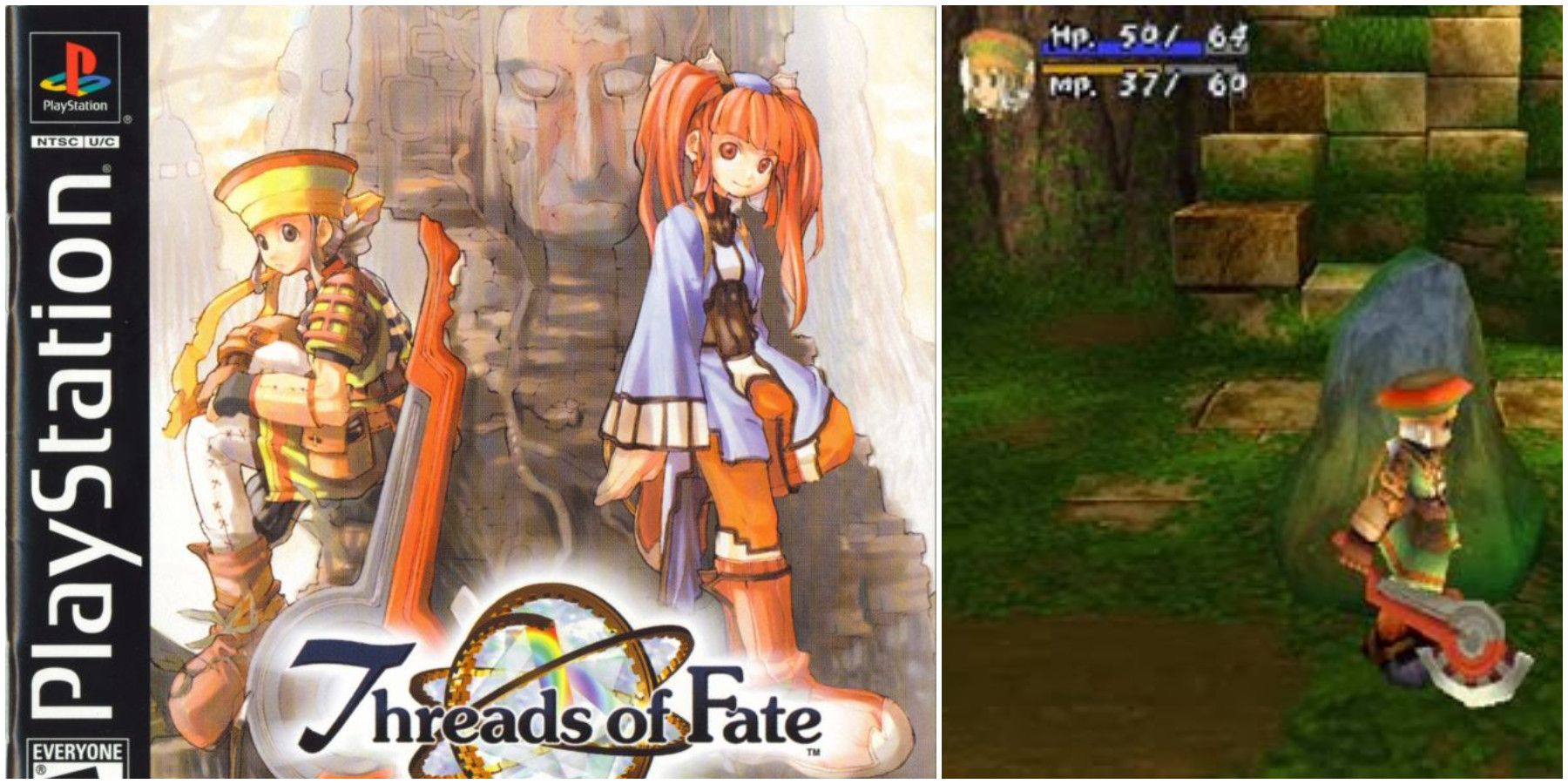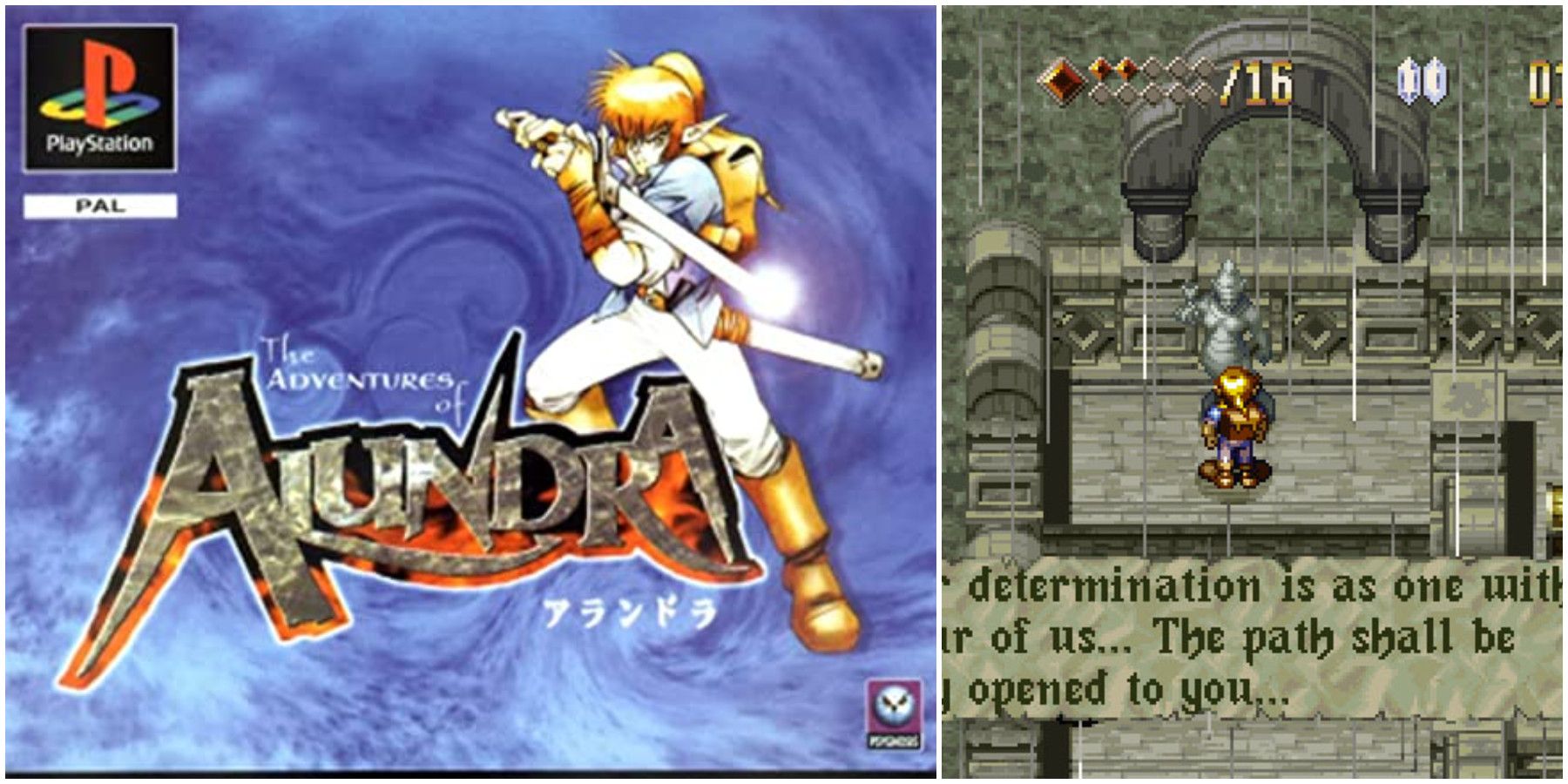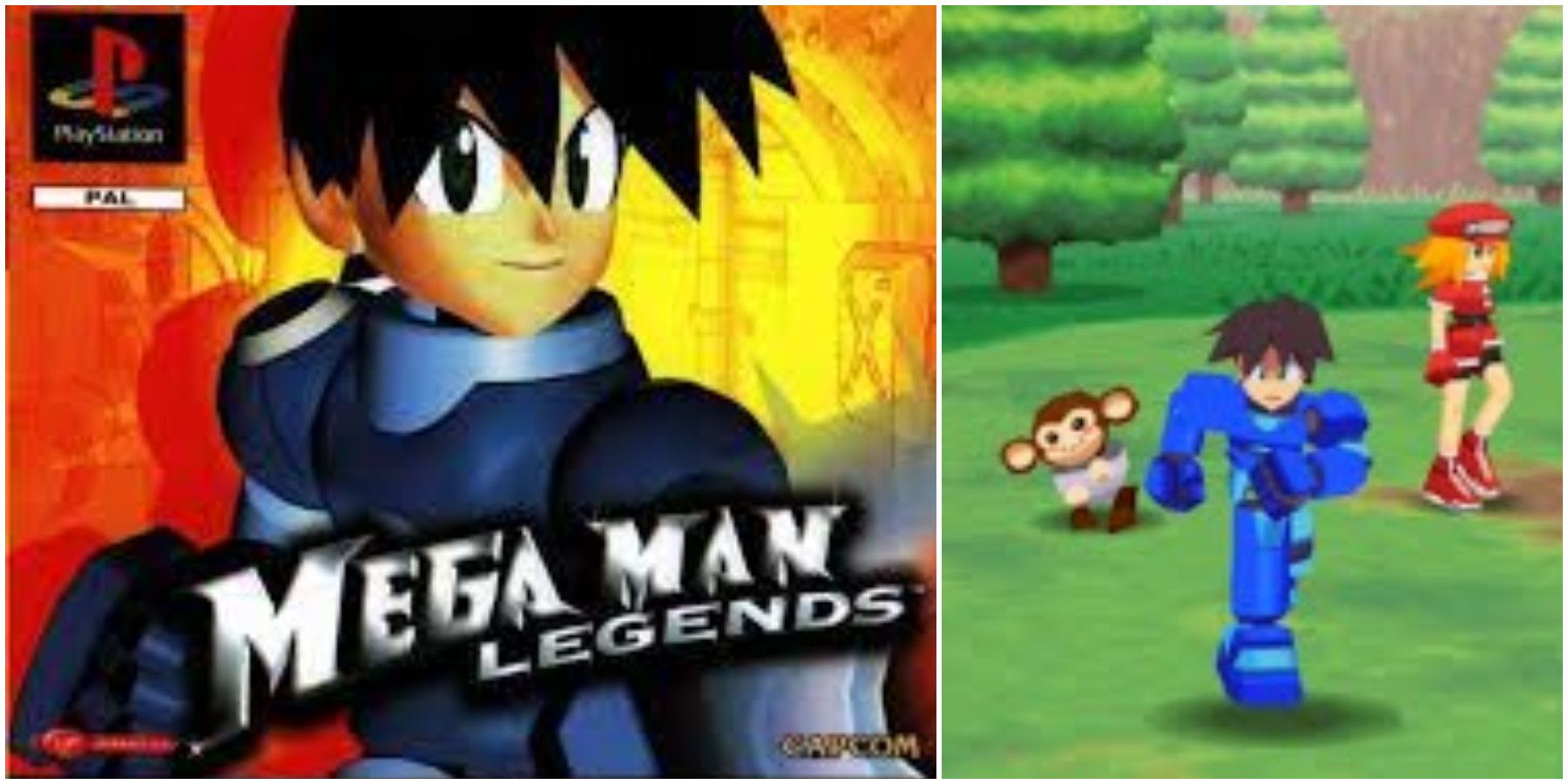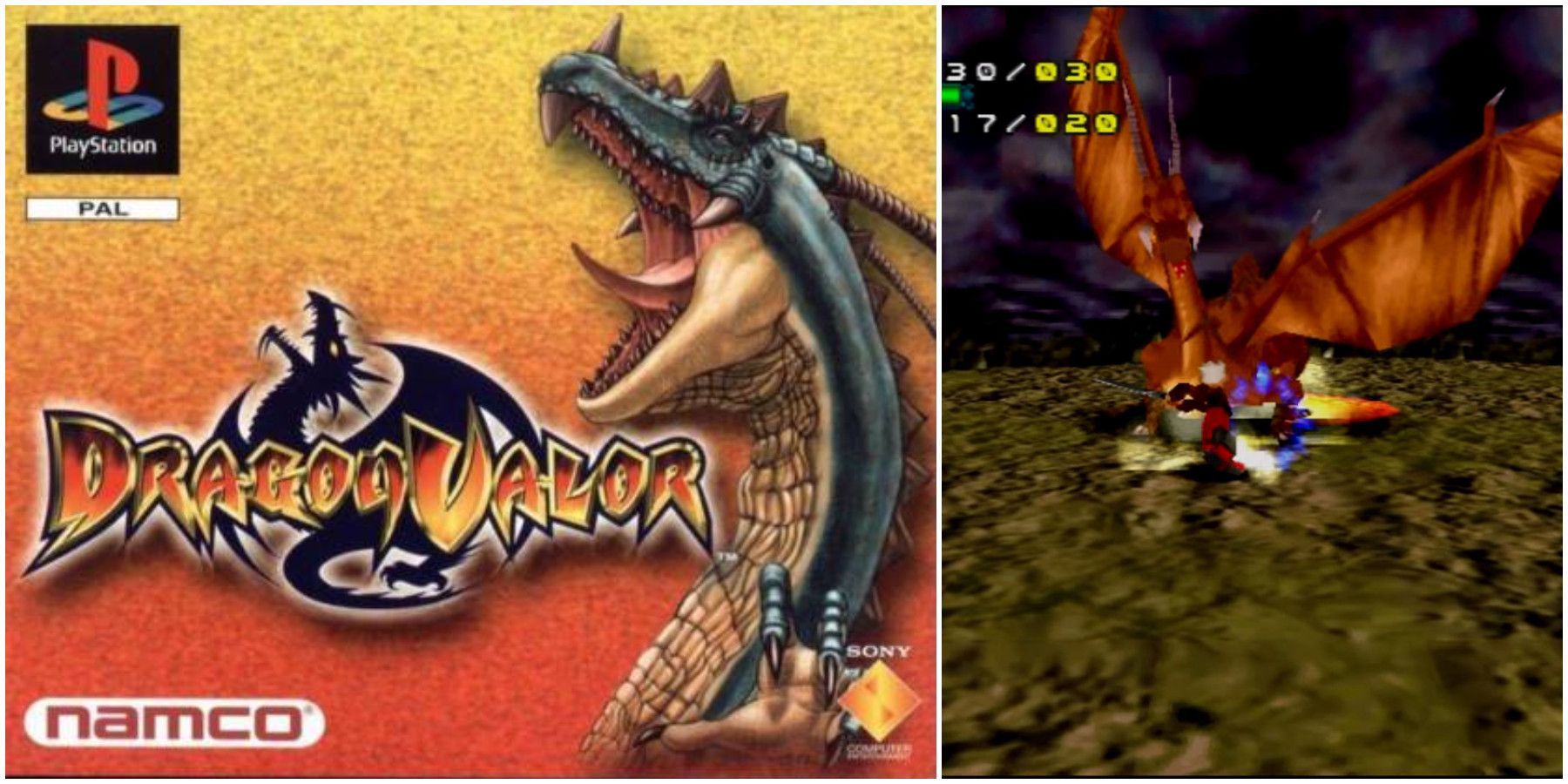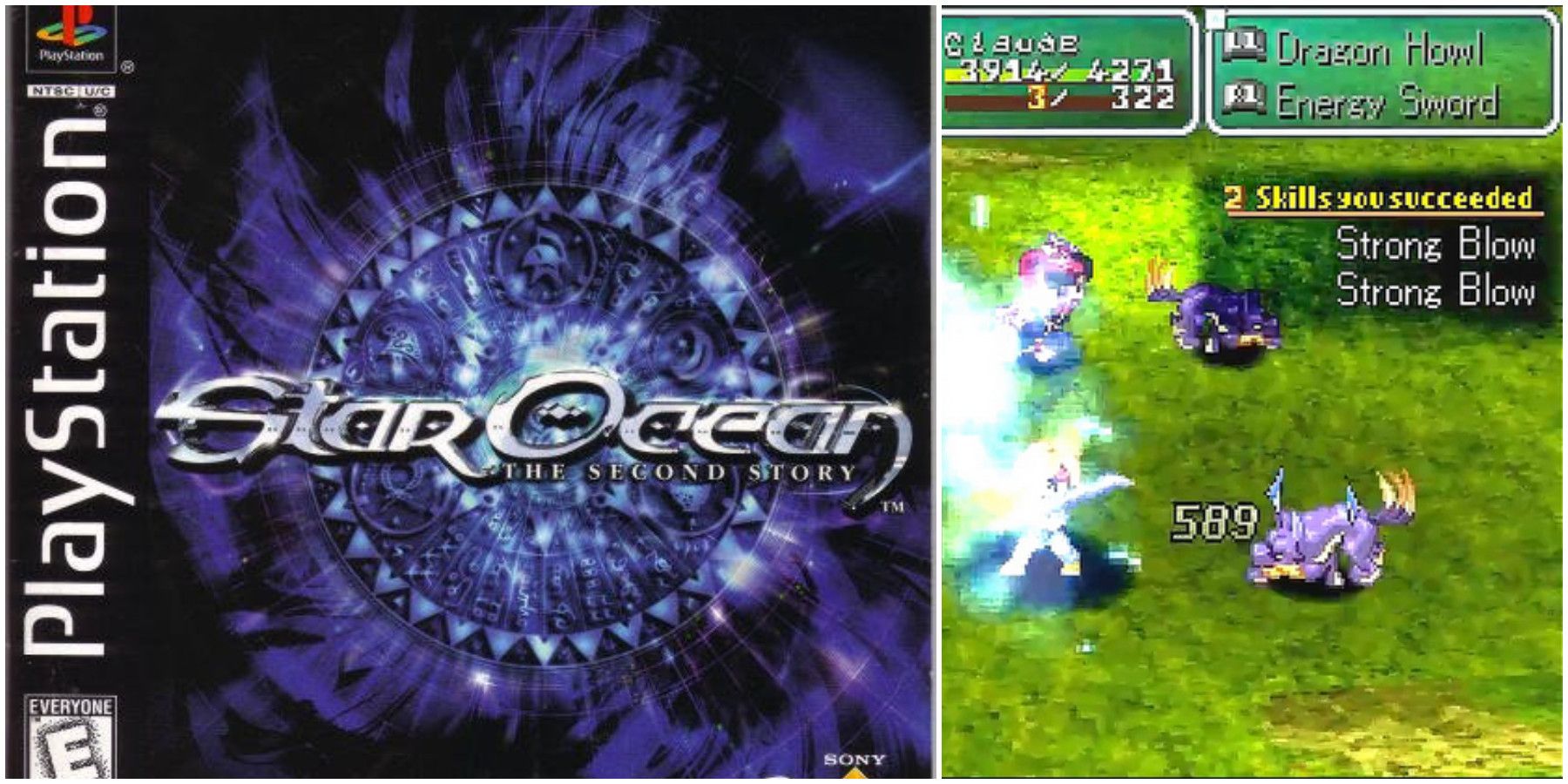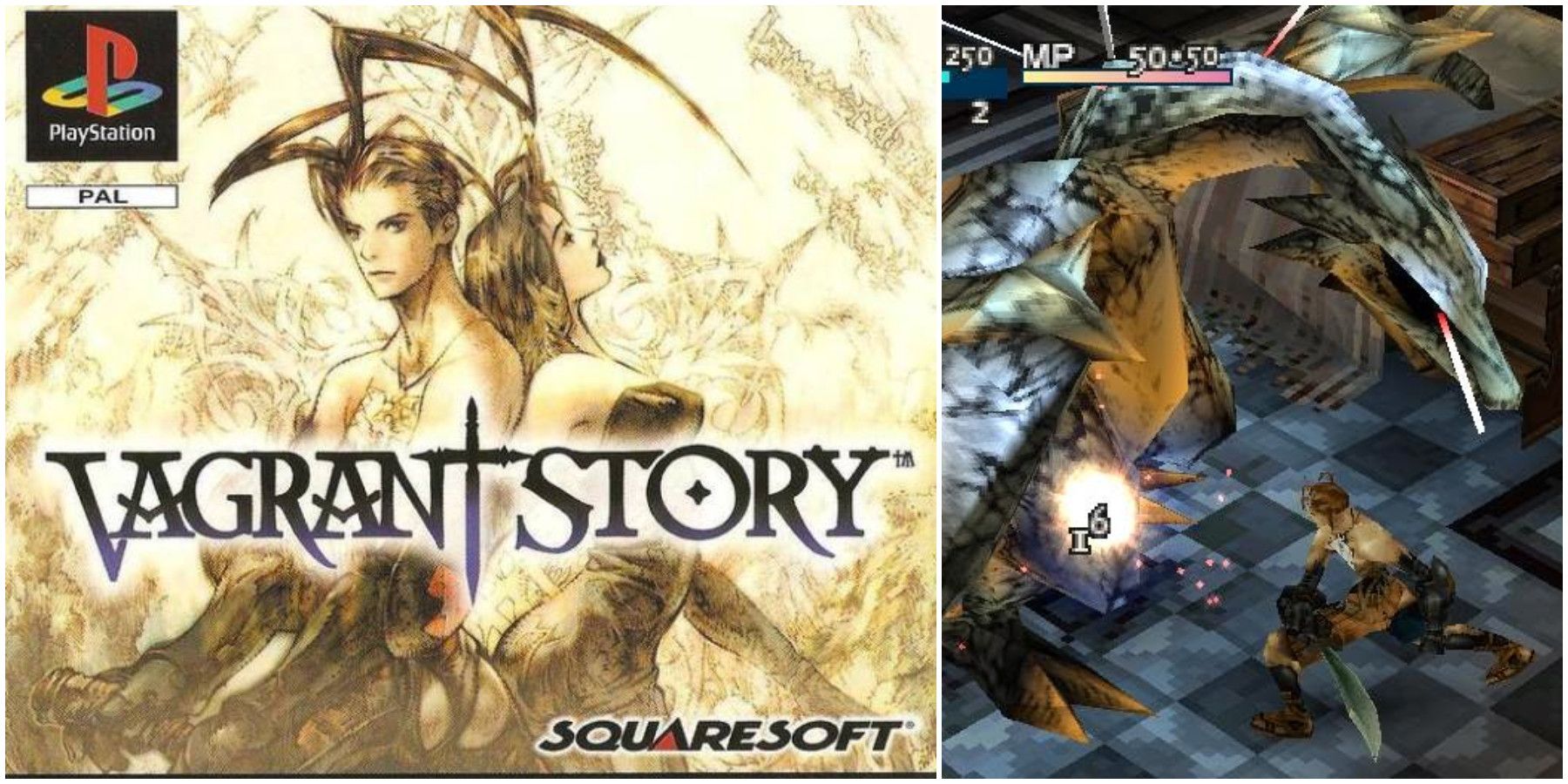Before Sony Computer Entertainment became the multi-billion dollar video game company everyone knows today, they had a brief partnership with Nintendo in 1988 to create an entirely new gaming console that would ditch cartridges in favor of CD-ROMs. But, due to some disagreements with Nintendo, Sony decided to cut ties with Nintendo, leading them to embark on their journey as video game developers. And that's when SCE designed one of gaming history's most iconic consoles, the PlayStation 1.
That was the start of many franchises like Crash Bandicoot, Tomb Raider, and the fan favorite Final Fantasy. And since Sony wanted to take over the gaming industry, they pushed to develop games from every genre, from immersive Simulators to Real-Time Action RPGs. The latter genre proved to be a massive success for SCE, which is why the late 90s and early 2000s were full of memorable Real-Time Action RPGs.
6 Threads Of Fate
- Worldwide Release Year: 2000
Despite low sales at the time of its release, Threads of Fate impacted the gaming community, creating a strong cult-like following for the game developers Square (which later became SquareEnix). And that's because this Action RPG game introduced the gaming community with several unique features that SCE would later use for games like Final Fantasy and Kingdom Hearts. The most notable aspect of Threads of Fate was that players could choose two distinctive protagonists at the start of the game, Rue and Mint.
Rue could transform into different creatures, while Mint had melee and magic powers. And depending on which protagonist a player would choose, it would determine the campaign a player would play. Upon completing the game, players could start a New Game+ playthrough retaining their abilities and opening new areas on the map.
5 Alundra
- Worldwide Release Year: 1998
Many Real-Time Action RPG fans were skeptical of the release of Alundra since it had a heavy focus on puzzle challenges. But to their surprise, Alundra proved to be a game that provided unique gameplay mechanics while delivering a memorable story. Alundra was one of the few Real-Time Action RPGs with an extensive amount of platforming areas which was more common in Action-Adventure games.
On top of that, Matrix Software added a unique gameplay feature that would become a staple in future games: terrain and surfaces affect the player's character. So, if a player would walk/run on sand, their character would do so at a slower pace. And even though Sony Computer Entertainment never released a newer version of Alundra, players can still play it on a PSP or PS Vita device.
4 Mega Man Legends
- Worldwide Release Year: 1998
Mega Man Legends was the first Mega Man game to move from the iconic 2-D platform genre into a 3-D Action RPG game that had a large open world filled with NPCs, dungeons, and quests. And despite being one of the least popular PS1 games, it was thanks to Mega Man Legend's open-world mechanic that inspired the game developers of The Legend of Zelda: Ocarina of Time to create the vast open world of Hyrule.
This PlayStation 1 game also featured for the first time in an open-world Action RPG, the Fast Travel gameplay mechanic, which allowed players to teleport to certain areas with the help of Roll Caskett. Due to its success, SCE released a sequel (Mega Man Legends) and a prequel game entitled "The Misadventures of Tron Bonne".
3 Dragon Valor
- Worldwide Release Year: 2000
Dragon Valor was a crucial cornerstone in the video game industry, one of the first Action RPG games to introduce the notion of branching storylines. Players would play as a different protagonist in each new chapter of Dragon Valor, and during the playthrough, players were given the choice of marrying someone. And depending on who they married, the story would change as the player would play as the offspring of the previously chosen character.
They would all retain the same combat mechanics with slight visual differences, so the player didn't have to learn a new set of combat-related combos for each character. While its Hack and Slash elements were praised, most critics felt the branching storylines were too confusing, which led Dragon Valor to perform poorly in sales.
2 Star Ocean: The Second Story
- Worldwide Release Year: 1999
Most Real-Time Action RPGs in the late 90s or early 2000s had at least 2 or 3 endings that players would unlock by performing certain actions throughout the playthrough. But, the developers of Star Ocean: The Second Story (Enix, which would become SquareEnix) went above and beyond creating this game since it had a total of 86 different endings. Aside from the jaw-dropping number of endings, Star Ocean: The Second Story played the same as other Action RPGs of the time with some minor changes.
For example, players would battle in an enclosed location instead of an open area, similar to The Legend of Zelda: Ocarina of Time. However, players still had the freedom to run around this area, dodging attacks or setting up attacks. Additionally, players could build relationships with their party by interacting with them while visiting a town, which would affect the game's ending.
1 Vagrant Story
- Worldwide Release Year: 2000
Despite being popular in Japan on release, Vagrant Story didn't become popular in the Western market until eight years later, gaining a considerable following. It gained so much attention in the Western hemisphere that it became one of Sony's Greatest Hits (and later on, one of SquareEnix's Ultimate Hits). But, what made this Action RPG different from previous ones was that it had no NPC interactions but instead heavily focused on the player.
Vagrant Story had one of the most sophisticated weapon customizations and modifications mechanics that very few Action RPGs had accomplished. Players had a wide selection of weapons to choose from (over 30), all of which could be crafted and upgraded via a Workbench. Furthermore, there was a seamless transition between event cutscenes and gameplay, which some Triple AAA companies struggle with accomplishing today.

